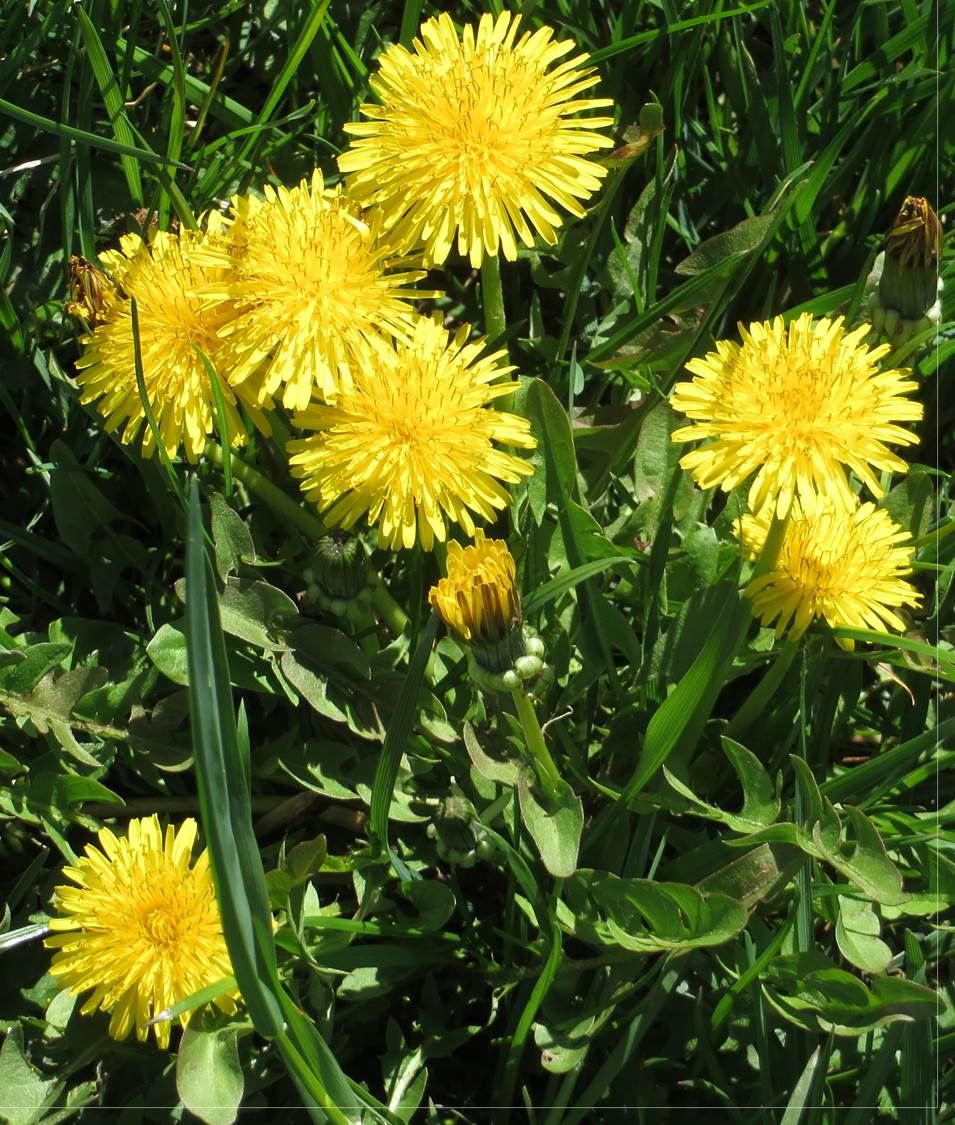Gleanings of the Week Ending April 9, 2016
/The items below were ‘the cream’ of the articles and websites I found this past week. Click on the light green text to look at the article.
Surgery, Stem Cells Treat Cataracts – Removing a cataract damaged lens but leaving the individuals lens epithelial stem cells (conventional cataract surgery removes them) allows the lens to regenerate. Initial results are good; if sustained this may be the new ‘conventional’ treatment for cataracts.
Man-made Earthquakes are on the rise, but they don’t have to be and As US Oil Production Increases, More Americans at Risk of Man-Made Quakes – Two articles about man-made earthquakes. The second one includes a map. Central Oklahoma has a risk of a damaging quake this year as high as the risk in California! Are the building codes in Oklahoma taking earthquakes into account? If they do, it is probably a recent update since earthquakes were not common in the state until recently.
Beware of Food Fraud – Olive oil is at the top of the ‘food fraud’ list evidently.
Streamer – USGS site that traces steams/rivers upstream and downstream. I you even wondered where the river near you comes from or goes --- this is an easy site to use. It map based so it is a simply as zooming to the river of interest and selecting upstream or downstream highlighting.
 A Treasury of Prairie Wildflowers – This is a great time of year to get out and look for wildflowers no matter where you live. Even dandelions have their own charm (particularly if viewed with a magnifier).
A Treasury of Prairie Wildflowers – This is a great time of year to get out and look for wildflowers no matter where you live. Even dandelions have their own charm (particularly if viewed with a magnifier).
6 Primary Transformative Paradigms for the Auto Industry – You’ve probably read about most of these in some form. I like collections like this that help me develop a framework for areas of technology (in this case ‘cars’).
Restoring the American Chestnut – Evidently there are blight resistant cultivars of American Chestnut but it is challenging to grow the 100s of seedlings for field trials and then restoration planting. This article is about experiments to optimize root production in the seedlings.
7 Citizen Science Projects for Bird Lovers – Another motivation to get outdoors this spring!
CDC expands range of Zika mosquito into parts of Northeast and Zika Attacked a Baby’s Brain as Doctors Watched – Scary stuff. I am already gearing up to walk around the yard and make sure we don’t have any standing water (and empty and refresh bird baths every other day). This is going to be a tough battle to keep the virus from spreading (and if it does keeping the mosquitos that carry it from continuing to spread it).
Successful dying: Researchers define the elements of a ‘good death’ – The themes culled from 32 studies were: preferences for a specific dying process, pain-free status, religiosity/spirituality, emotional well-being, life completion, treatment preferences, dignity, family, quality of life, relationship with the health care provider and "other." The bottom line is to ‘ask the patient.’ That seems to be common sense but how often is it actually asked by medical professionals and family member?





















